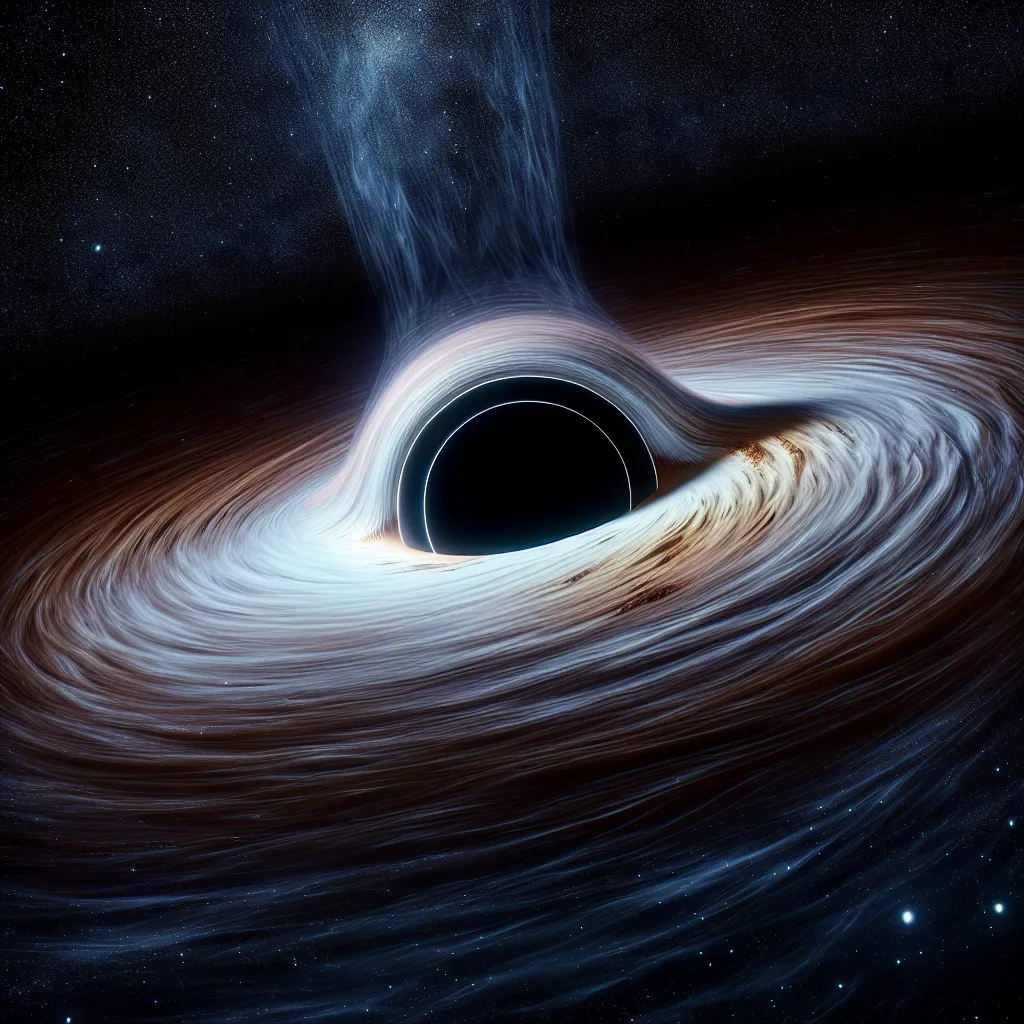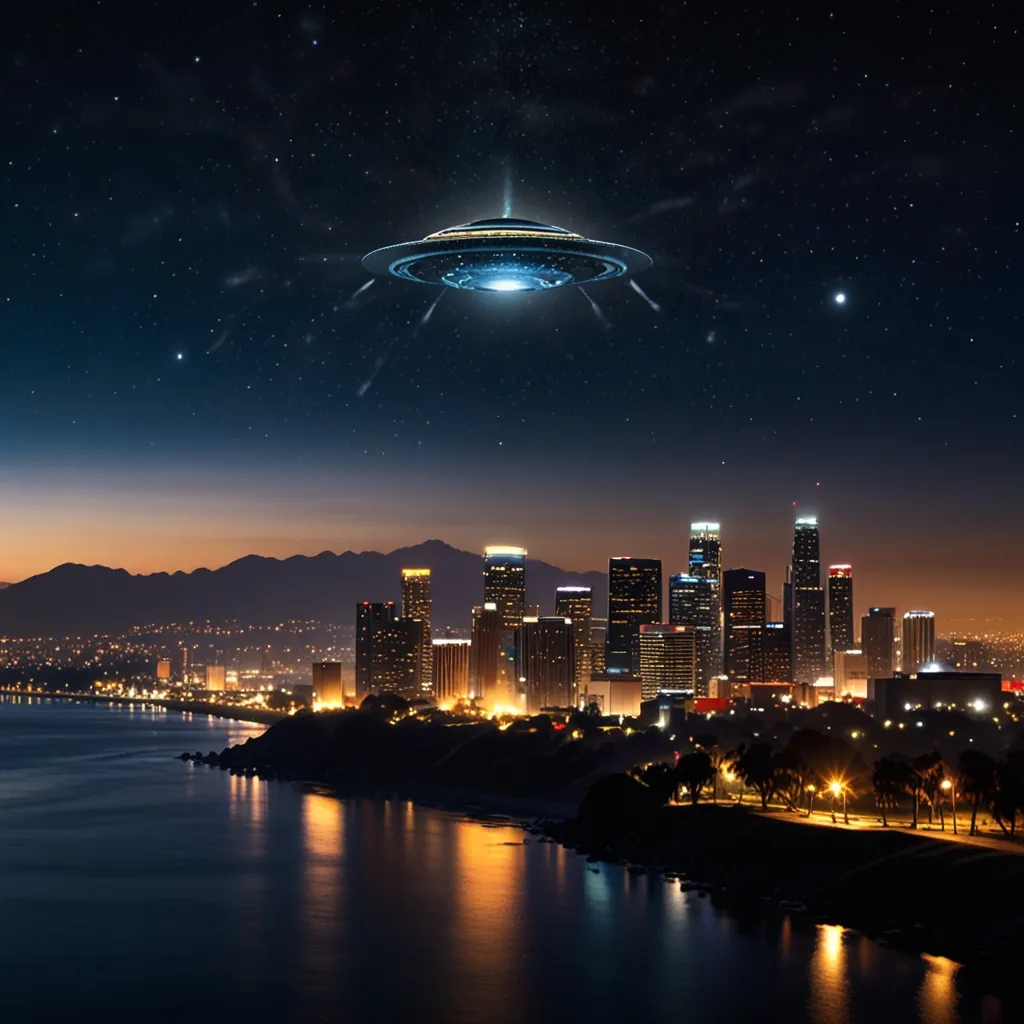The true essence of aliens and UFOs captures our imagination like nothing else. There’s an enduring fascination with what might be out there—somewhere beyond the stars. Sure, the US intelligence agencies are all up in this business. After decades of conspiracy theories, TV shows, movies, and even a few winks and nods from presidents, the idea of top-notch government intelligence spilling the beans on UFOs promises so much. But as the CIA and Pentagon keep digging into aerial phenomena, reality turns out to be a bit more mundane than Hollywood fantasizes.
Think about it. Are aliens real, or are UFOs just a load of hot air? That’s the million-dollar question. Let’s dive in and try to unravel this mystery. The sightings? Well, investigators say they haven’t found a link to aliens yet, but they haven’t exactly ruled it out either. According to some insiders, these unidentified aerial phenomena (or UAPs, as the cool kids call them) spotted by military pilots could be new tech from another country. But so far, there’s no slam-dunk evidence that these mysterious flying objects are classified U.S. operations.
A much-anticipated report, which Congress has been chewing over, examines various unexplained occurrences. Some of these are even caught on video, where pilots lose it over what’s buzzing past them. Congress had demanded a rundown on what the U.S. government knows about these UAPs, and the Pentagon’s task force stepped up to dig in. This latest report, landing sometime soon, is just a status update, not the final word.
Pentagon spokeswoman Sue Gough remained tight-lipped, deferring questions to the Office of the Director of National Intelligence. It looks like both agencies are actively collaborating on this report. For decades, the Pentagon and the CIA have been chasing reports of weird aircraft or objects moving at freakish speeds or impossible trajectories.
Given the possible national security risk from adversaries wielding unknown tech over military bases or any sensitive spots, the game gets serious. Not to mention, some pilots encountering these aerial oddities while on combat training missions? That’s a whole different level of serious. The military doesn’t want to take chances on this being enemy tech that could outstrip current U.S. capabilities.
All this talk of UFOs and aliens has always sparked the public’s interest. But the lack of solid conclusions might let down folks who are rooting for a big reveal. Critics argue that Earth-based explanations are probably more plausible. Investigate potential enemy tech any day, says veteran UFO skeptic Mick West, who thinks people are letting their imaginations run wild with ideas of warp drives and impossible physics.
The Navy has a system for pilots to report their sightings, and the Pentagon even set up a task force to look into it. Pushing for more transparency, some lawmakers aren’t laughing this off anymore. Sen. Marco Rubio opened up on “60 Minutes,” admitting there’s a stigma on Capitol Hill about UAPs. But curiosity isn’t something we should hide behind a giggle.
The US Congress even held a hearing to discuss data on UAPs—the first major step of its kind since the US Air Force examined UFO sightings more than 50 years ago with Project Blue Book. The recent hearings were fired up by a clause in a 2020 COVID-19 relief measure, demanding intelligence agencies drop a report on UAPs within 180 days. And bam, just like that, it was published last June.
Governments meddling with UAPs probably hope they’re not some fancy new enemy tech. That’s a more grounded possibility compared to theories of extraterrestrial spacecraft from decades of sci-fi fantasy and tales of Area 51. And with the current hearings mainly focusing on the prospect of enemy technology, the extraterrestrial argument takes a back seat.
Actual sightings? Well, Navy pilot footage showing fast-moving aerial objects fuels curiosity, but jumping straight to the alien conclusion needs more robust evidence. The hunt for extraterrestrial life is a valid endeavor that demands the same strict proof as any scientific field.
Years ago, scientists got curious over a drop in an ocean—a metaphor for the quest for technosignatures or tech clues from civilizations beyond our galaxy. Even with big radio telescopes, the search is like dipping a cup in the Milky Way’s oceans hoping to find a shark. It’s vast, and we barely cover ground. Without knowing what alien tech might look or act like, it remains a monumental task.
Interstellar travel or communication seems nearly impossible, bound by the constraints of physics, notably the speed of light. Imagine even a signal at light speed taking years just to reach the nearest star. Factor in signal degradation over immense distances, and it feels like finding a needle in an intergalactic haystack.
Speculations of government cover-ups hit a snag when considering the likelihood of an advanced alien spacecraft just crashing here. Air travel reliability stats show just how rare crashes are, making it hard to believe an interstellar spaceship isn’t up to snuff.
With billions of phones, thousands of amateur astronomers, and numerous radars scanning the skies, we’d expect substantial, irrefutable evidence if aliens were regulars near Earth. And yet, nada.
NASA is diving into UFO research fresh off the heels of these public hearings. They’re prepping a team to study high-risk, high-impact phenomena, hoping to sort out existing data, gather new data, and better understand these mysterious sky sightings. They’re betting on more data collection, and all efforts aim towards scientific clarity.
NASA’s no stranger to controversial topics. Thomas Zurbuchen, NASA’s science mission lead, brushed off notions of reputational damage, emphasizing the need for more data in this “data-poor” field. The new team will go in without preconceived notions, examining public data to figure out what’s real.
In the Navy’s briefing, Scott Bray noted an increase in sightings since the early 2000s. Last year’s report on UAPs consolidated by the Office of the DNI alongside a Navy-led task force brought several observations to light.
Governments’ interest in UAPs links back to the possibility of discovering alien life. Frank Drake’s work at the SETI Institute posed that very question with the Drake Equation, calculating potential detectable civilizations. With around 100 billion stars in the Milky Way and increasing discoveries of exoplanets, the possibility is tantalizing, though statistically variable.
The real thrill is hunting for tiny signals of life amidst cosmic noise. Whether there are 1,000 civilizations out there or a million, one thing’s clear—science starts with the simplest explanation. Until we gather more compelling evidence, aliens likely remain out there, somewhere. But that doesn’t dim the sense of wonder or the hope that someday, maybe, the skies will unveil their secrets. Until then, our eyes are always on the stars, searching.
Got thoughts on when—or if—we’ll meet aliens? Imagine the day you spot a UFO! How would you react?






